I make regular visits to annoy my relatives who live nearby and one journey takes me past the memorial close to the site where the Zeppelin L32 came down in flames during the early hours of 24th September 1916.
The success for BE2c pilot 2nd Lieutenant Frederick Sowrey came amid a frantic period when the supremacy of the German airships was broken and the destruction of one of the ‘baby killers’ caused great excitement for a public used to the random nature of death and destruction meted out by the airship fleet.
The memorial appeared a century on from the deaths of twenty-two German sailors who fell out of the sky on that fiery night in 1916.
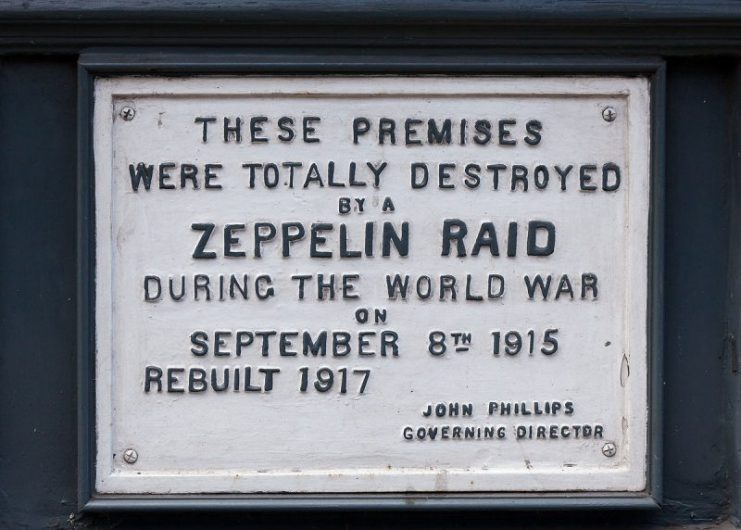
The men were buried with a degree of reluctance in the churchyard at Great Burstead in the English county of Essex where the vicar altered the eulogy to reflect the lack of warmth held towards the departed.
Their graves were transferred to the new German war cemetery at Cannock in Staffordshire during the 1960s where they joined their brothers from the airships who died over Britain during the Great War.
This excellent book by Mick Powis recounts the fascinating story of the German airship war, acting as a diary of operations over Britain, the Western Front and beyond.
While the author is able to record raids on targets on the Eastern Front it is a fact that the vast majority of damaging raids were attacks on targets in the UK and it is these that provide the greater degree of historical record.
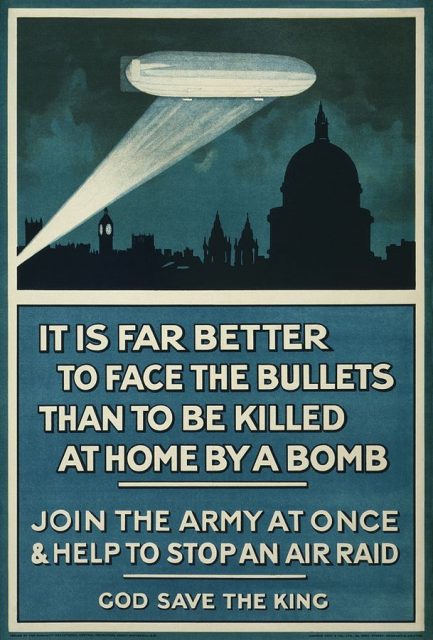
Perhaps the most important thing this book achieves is a deeper understanding of how the airship raids affected many more places than the area around London and the east coast of England.
I was amazed to read how the Germans bombed a great number of locations large and small and this illustrates the difficulties they faced identifying targets quite apart from the challenge of reaching them in the first place.
There is no question that the Zeppelins and lesser appreciated Schutte-Lanz were almost regal in terms of their size and power, but mechanical fragility and the weather combined to give them an Achilles heal that was never surmounted by the engineers developing the airships or the men who flew them on combat missions.
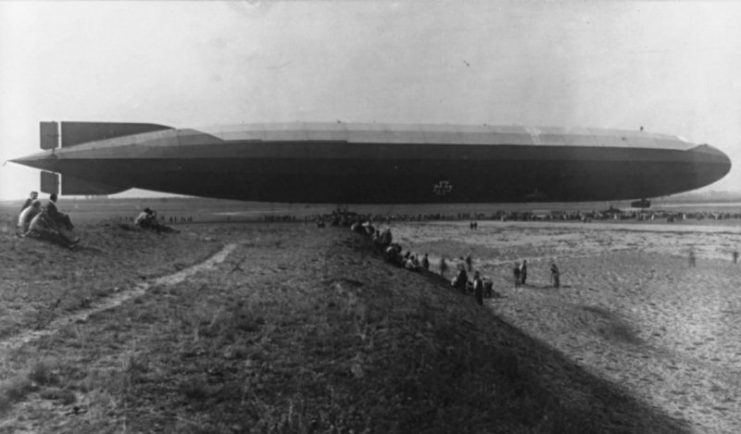
While they could range virtually unopposed for much of the war at heights British aircraft could not reach, the airships were never able to concentrate their efforts to achieve a decisive success.
While the raids caused a substantial number of deaths and damage to property, they only occasionally damaged targets of military or industrial value.
The Germans’ greatest failure was navigation. Although they used radio beams to assist them finding targets the technology was far from efficient, leaving airships miles away from where their navigators thought they were.
We read many combat reports claiming attacks on London or major industrial centres where the bombs actually fell on small villages or open farmland. But when they found a target the impact on the civilian population was immense.
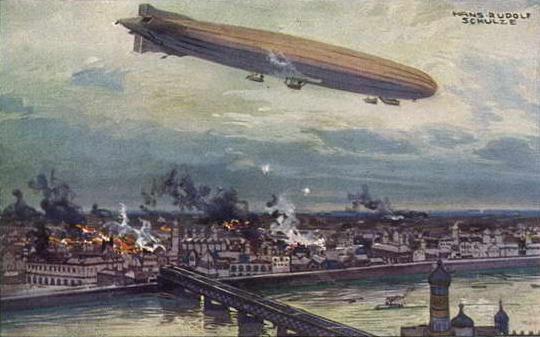
The British were forced to develop a system of defence to meet the Zeppelin menace and this eventually became quite sophisticated, mixing radio intercepts, code breaking and coastal watchers to predict the flight paths of the airships.
Improvements in anti-aircraft defence and the gradual development of aircraft with a performance capable of reaching the Zeppelins saw the airships become increasingly more vulnerable.
All it needed were determined pilots willing to attack the giants using newly developed incendiary ammunition for their Lewis guns and the game was up.
This book recounts how one such airman never forgot the sight of a Zeppelin’s defensive machine gunner jumping to his death as the machine’s envelope burned around him.
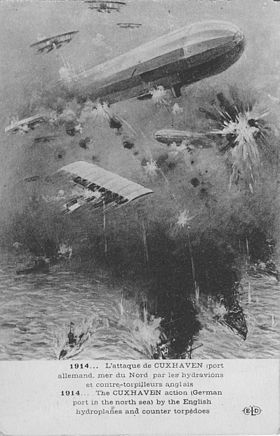
This is a good point to say something about the men who flew in the airships. That they caused death and destruction of mainly civilian targets is a fact but this takes nothing away from their bravery.
I am a great admirer of the men who flew for RAF Bomber Command and the US 8th Air Force over Germany and occupied Europe during World War II and there has to be a balance when considering the airship and Gotha crews who preceded them during the Great War. They were an incredible group of men who deserve our respect.
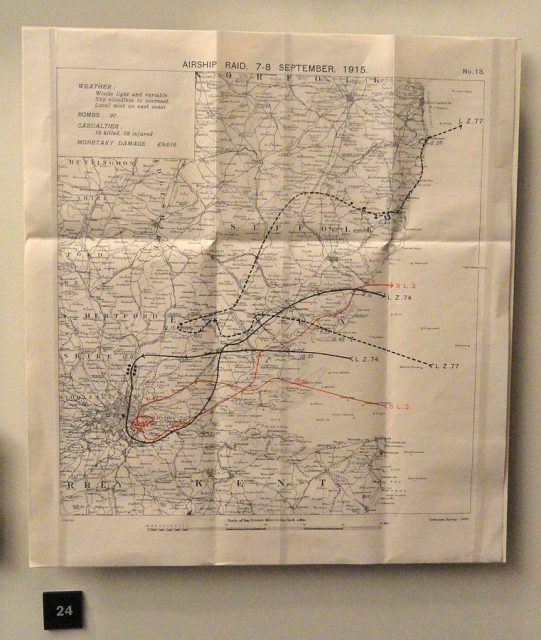
I cannot recommend this book highly enough. Mr Powis has got a grip on the airship war and his account of the development and construction of the Zeppelins is as fascinating as the diary of their operations. The resources required to build a single machine were immense.
Consider the fact that the skins from the intestines of fifty thousand cows were needed to make the lining of a single gas cell on an airship that would have had eighteen on a 585 feet long ‘Q’ class variant. This shows the staggering lengths the Germans went to build these vessels.

Statistics and details are an essential part of this book but it’s depth and quality is in the descriptions of the raids and the analysis of the German strategy. All in all this gives us a single volume account of a major part of Great War history and legend.
The story is brought to life in a way that makes the history accessible. Not far from my house is a church that was bombed by a Zeppelin in 1915 and it shows just how much of an impact they had on the British home front for much of the war.
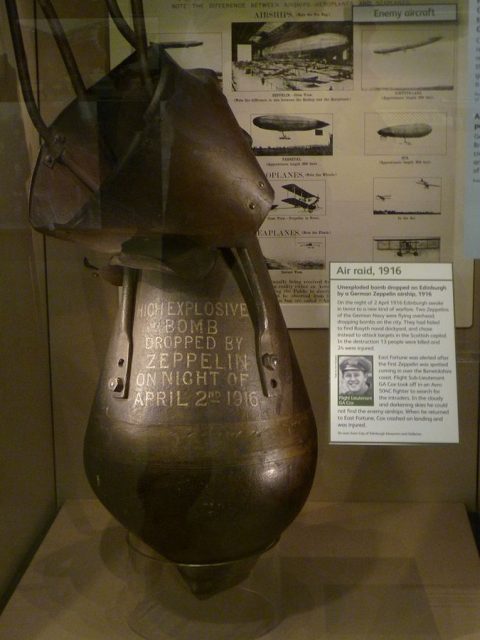
Mr Powis confirms that history is still very much with us a century on and the next time I pass the memorial to the L32 I will give Oberleutnant zur See Werner Peterson and his men a respectful nod they most definitely deserve.
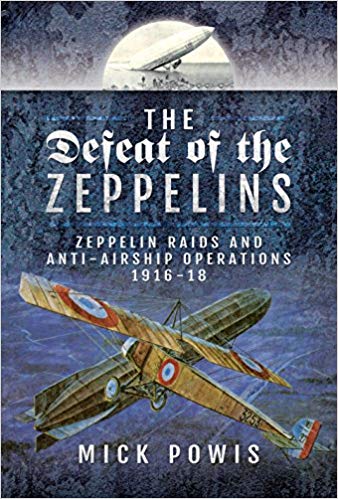
THE DEFEAT OF THE ZEPPELINS
Zeppelin Raids and Ant-airship Operations 1916-18
By Mick Powis
Pen & Sword Aviation
ISBN: 978 1 52670 249 4
Reviewed by Mark Barnes for War History Online.
